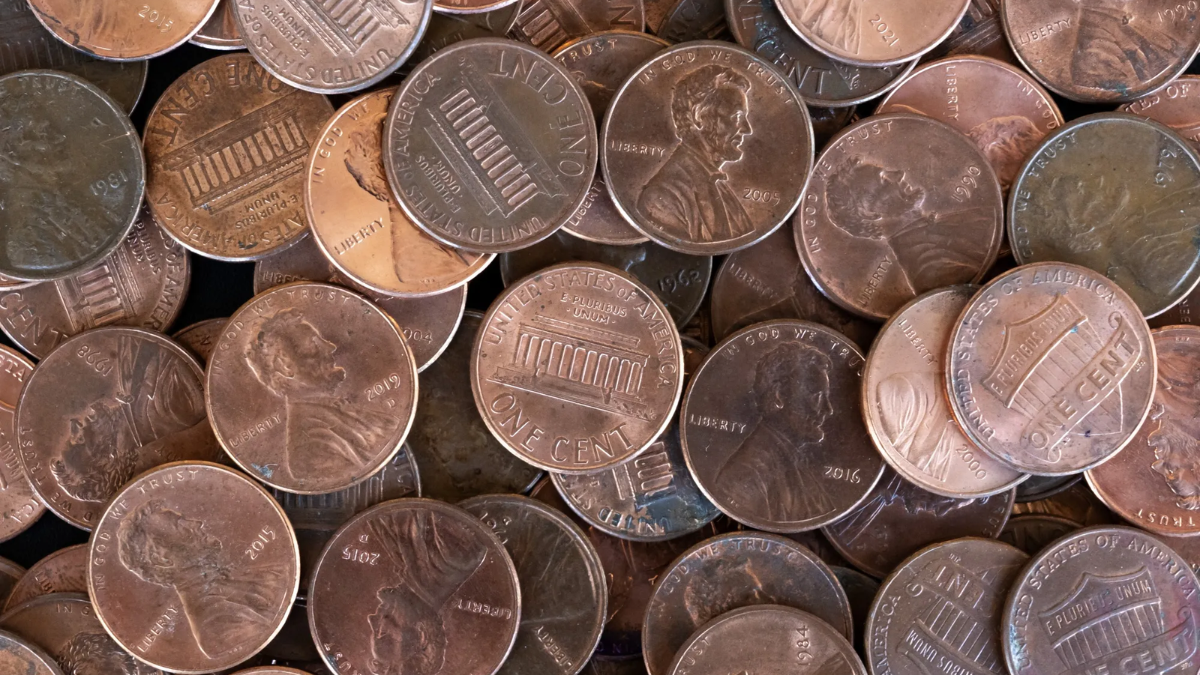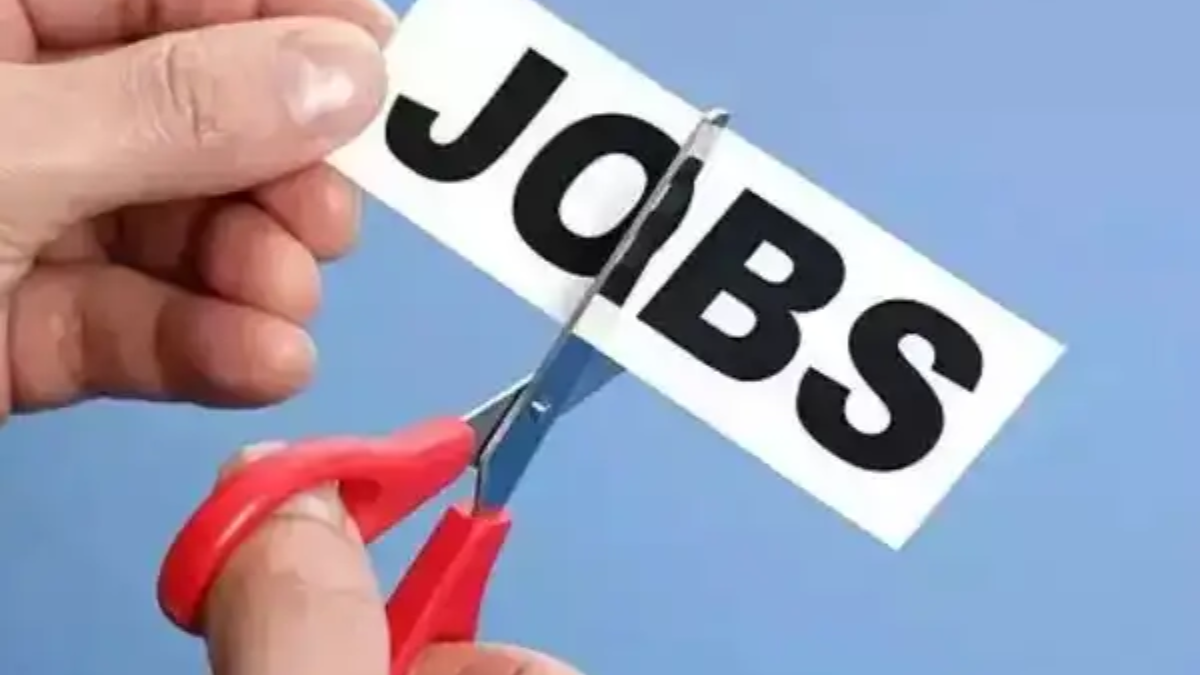The proposal to phase out the penny, championed during former President Donald Trump’s administration, has sparked intense interest among coin enthusiasts and speculators. This initiative, framed as a cost-cutting measure to save millions of dollars in minting expenses, could turn America’s smallest denomination into a lucrative collector’s item. For many, the penny’s potential disappearance has transformed this unassuming coin into a symbol of nostalgia and profit.
The Push to Retire the Penny
The argument for retiring the penny has persisted for years, largely due to the increasing cost of production. Currently, it costs the U.S. Mint more than double the coin’s face value to produce each penny. Proponents of eliminating the penny argue that this inefficiency is a drain on federal resources, while critics point to the potential economic and sentimental impact of removing the coin from circulation.
Trump’s support for penny elimination re-ignited this debate, with advocates arguing that the move could save taxpayers millions annually. Countries like Canada have already retired their lowest-denomination coins with minimal disruption, providing a model for the United States to follow.
Speculative Opportunities Arise
As news of the potential penny phaseout spread, some savvy individuals and businesses began hoarding pennies, anticipating a rise in their value as a collectible item. Speculators have gone as far as stockpiling literal tons of pennies in hopes of cashing in on a future market for the now-scarce coins.
Penny Hoarding in Action
One of the most notable examples of penny hoarding involves individuals who have amassed tens of thousands of pounds of pennies. For these collectors, the potential profit lies not only in the collectible value but also in the coins’ metal content. Older pennies, made before 1982, contain 95% copper, a commodity that has steadily increased in value over time.
A single pre-1982 penny is estimated to contain nearly two cents’ worth of copper at current market rates. For those hoarding 20 tons of pennies or more, the metal value alone could lead to significant returns if melting restrictions were lifted. Current U.S. law prohibits melting pennies for their metal content, but this restriction could be revisited if the penny is officially retired.
Nostalgia and Sentimental Value
The penny’s cultural significance also plays a key role in its potential value as a collectible. From the iconic image of Abraham Lincoln to the historical importance of early mints, pennies hold a special place in the hearts of many Americans. Coin collectors, also known as numismatists, have expressed interest in preserving these coins as a piece of history.
The rarity of certain penny varieties, such as the 1909-S VDB Lincoln Cent or the 1943 copper penny, has already made them prized possessions in the numismatic world. If the penny is discontinued, even modern pennies could gain value over time due to their symbolic status as America’s smallest denomination.
Challenges and Criticisms
Not everyone views the penny’s elimination as an opportunity. Critics argue that retiring the penny could lead to higher prices for consumers due to rounding up at the register. Businesses might face logistical challenges in recalibrating pricing systems, and charities could lose out on donation campaigns that rely on penny contributions.
Additionally, the speculative rush to hoard pennies has drawn skepticism. While some may see profit potential, others warn that the costs of storing and transporting massive quantities of pennies could outweigh any financial gains. Experts also caution against overestimating the collectible value of common pennies, noting that only rare or high-quality coins are likely to appreciate significantly.
What Happens Next?
The future of the penny remains uncertain. While Trump’s penny-elimination proposal garnered attention, it has yet to result in legislative action. The U.S. Mint continues to produce pennies, though at a loss, and public opinion remains divided on whether the coin should be retired.
For collectors and speculators, the uncertainty surrounding the penny’s fate is part of its allure. Whether the coin is eventually discontinued or remains a staple of American currency, the debate has already underscored the enduring fascination with this humble piece of change.
How to Capitalize on the Penny Debate
For those interested in capitalizing on the potential retirement of the penny, here are a few tips:
- Focus on Pre-1982 Pennies: These copper-rich coins have intrinsic metal value and are more likely to appreciate if melting restrictions change.
- Look for Rare Varieties: Research key dates and minting errors that make certain pennies especially valuable.
- Store Coins Properly: Ensure your pennies are stored in a safe, dry place to prevent damage and preserve their value.
- Stay Informed: Keep an eye on legislative developments and market trends that could impact the penny’s status and value.
For more insights into the world of coin collecting and the potential impact of retiring the penny, visit CoinWeek.
Disclaimer – Our team has carefully fact-checked this article to make sure it’s accurate and free from any misinformation. We’re dedicated to keeping our content honest and reliable for our readers.








